Metro will seek sufficient and stable funding while leveraging all of its assets wisely.
Metro will put to best use 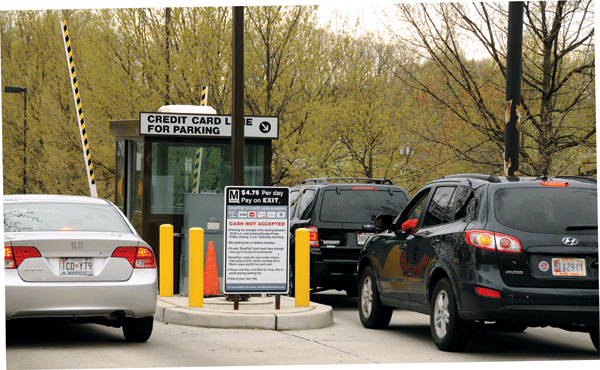 all of its resources—from investing in employees and smarter management of equipment to securing a sound financial roadmap for the future. But this alone will not give the region the transit network it needs for the future. Reliable and sustained funding will be absolutely necessary for Metro to make the critical investments that the region needs. Metro will work with partners at the local, state, and federal levels to ensure that proper funding mechanisms and practices are in place. Metro is a wise steward of its resources. Each year, Metro recycling efforts divert tons of garbage from landfills.
all of its resources—from investing in employees and smarter management of equipment to securing a sound financial roadmap for the future. But this alone will not give the region the transit network it needs for the future. Reliable and sustained funding will be absolutely necessary for Metro to make the critical investments that the region needs. Metro will work with partners at the local, state, and federal levels to ensure that proper funding mechanisms and practices are in place. Metro is a wise steward of its resources. Each year, Metro recycling efforts divert tons of garbage from landfills.
Read more…
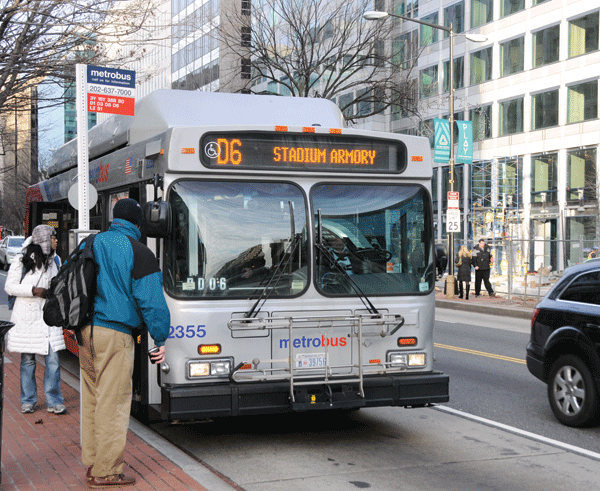
Momentum’s outreach was unprecedented. Metro staff heard from almost 12,000 stakeholders during the process, which helped inform our understanding of the public’s short- and long-term needs. Below is a high-level summary of the most commonly-held viewpoints across region:
- Make no small plans for Metro;
- Recognize Metro is critical to the region’s future;
- Continue rebuilding;
- Reduce crowding;
- Provide better customer information; and
- Ensure predictable funding.
Read more…
What happens if Metro 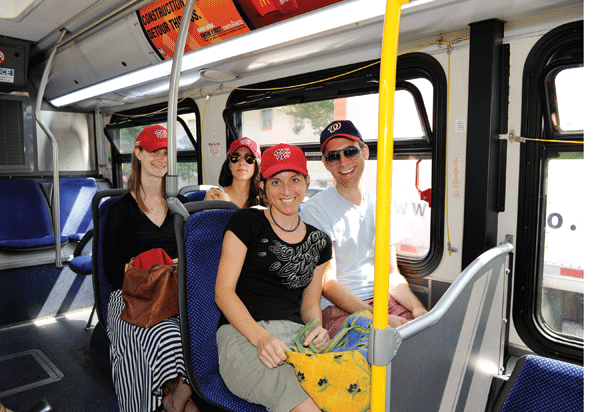 completes MetroForward and ceases there? Simply put, the region cannot afford for Metro to get the system back to where it should have been, but stop short of preparing the system for the growth that has already created overcrowding conditions and service disruptions, let alone prepare for additional growth that has yet to come.
completes MetroForward and ceases there? Simply put, the region cannot afford for Metro to get the system back to where it should have been, but stop short of preparing the system for the growth that has already created overcrowding conditions and service disruptions, let alone prepare for additional growth that has yet to come.
Note that the region is already the most congested area in the country, and Metro is a huge part of what keeps this region moving and working in spite of its transportation gridlock. Stopping short of implementing Metro 2025 and Momentum means that the region’s attractiveness as a place to live and work may be threatened. The region could face the following consequences:
- Metro will degrade quickly with more delays and service disruptions – visible progress will be lost;
- Shoulder-to-shoulder, rush hour conditions experienced today on an increasing number of rail lines and stations will grow system-wide and become worse;
- Crowding similar to Presidential Inauguration Days will likely become the norm;
- Customers will be left with 1970s-era communication and trip planning services;
- Residents would have fewer jobs within an acceptable commuting distance and employers would have access to a much smaller pool of employees; and
- The regional transit system will advance towards antiquity, harming the region’s competitive advantage for talent, jobs and investment dollars.
Read more…
Momentum builds upon and advances  a number of regionally significant planning studies that are either recently completed – or underway. They include:
a number of regionally significant planning studies that are either recently completed – or underway. They include:
- Region Forward: A vision for the DC region created by the MWCOG. It addresses the interrelated challenges of population growth, aging infrastructure, traffic congestion, energy costs, environmental impacts, affordable housing and sustainable development, as well as disparities in education, economics and health (2010)
- Economy Forward: A companion piece to Region Forward that reinforces the importance of transit to the region’s overall competitiveness (2012)
- Financially Constrained Long-Range Transportation Plan (CLRP): The region’s official long-range transportation plan that outlines the priority projects to be implemented in the region between 2012 and 2040 as prioritized by the Transportation Planning Board (TPB) and local jurisdictions (2012)
Read more…
A next generation communications 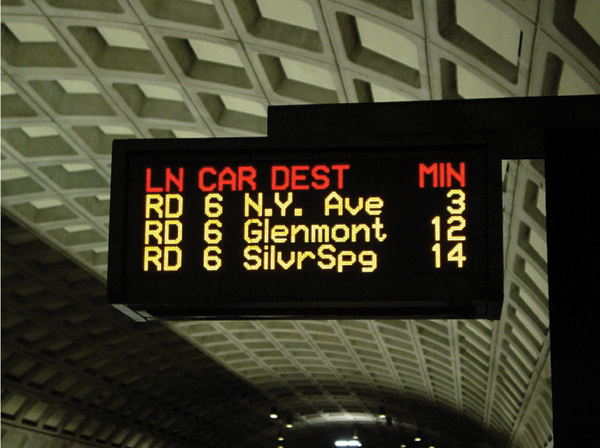 system would expand current communications infrastructure to provide an integrated one-stop communications hub for the region’s transit customers. Proposed improvements will capitalize on efforts already underway to improve the functionality of the rail control software. They include the next generation of the Passenger Information Display System (PIDS), new public address systems, improved station signage, and equipping station managers with mobile devices. Bus and train information will also be integrated, with real-time information displays to well-used bus stops.
system would expand current communications infrastructure to provide an integrated one-stop communications hub for the region’s transit customers. Proposed improvements will capitalize on efforts already underway to improve the functionality of the rail control software. They include the next generation of the Passenger Information Display System (PIDS), new public address systems, improved station signage, and equipping station managers with mobile devices. Bus and train information will also be integrated, with real-time information displays to well-used bus stops.
Read more…
Metro will be the region’s transit planner, providing leadership for the transit map of the future.
The region’s public transit needs are great, 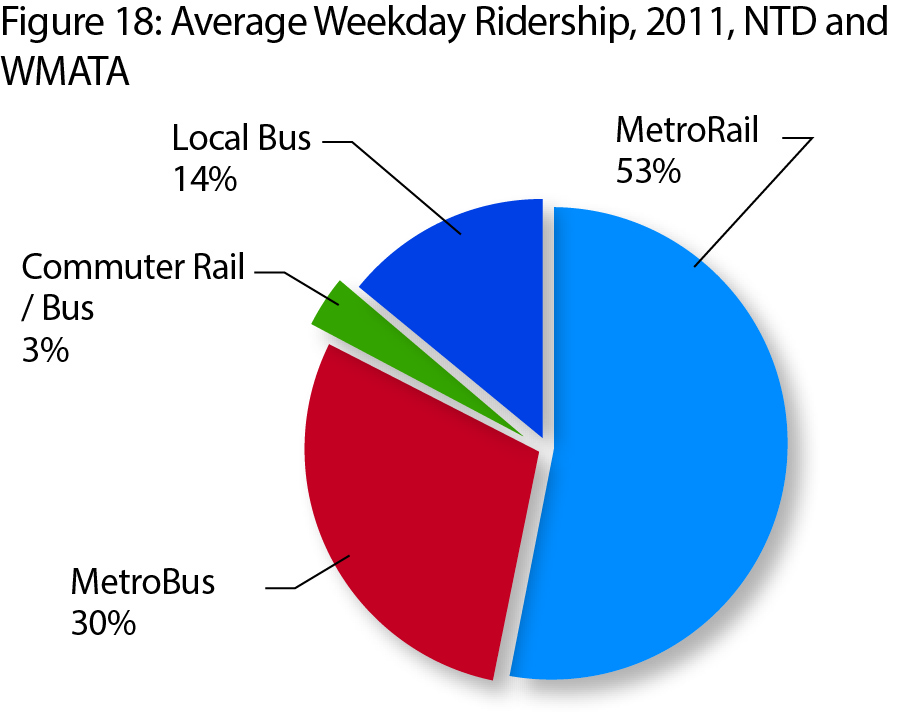 and the current multi-party approach has flaws that threaten the overall viability of the network. Metro is the only entity that is capable of and chartered to provide regional transit leadership.
and the current multi-party approach has flaws that threaten the overall viability of the network. Metro is the only entity that is capable of and chartered to provide regional transit leadership.
Metro has and will continue to make these and other investments, but it should be noted that jurisdictional partners will also have to do their part in order to ensure that these investments result in significant improvements. This means cooperating on mobility policies, coordinating on capital investments such as traffic signal prioritization, and making land use decisions that support transit usage and ridership gains, especially in areas where Metro has underutilized existing capacity.
Read more…
Since 2010, the Board of Directors 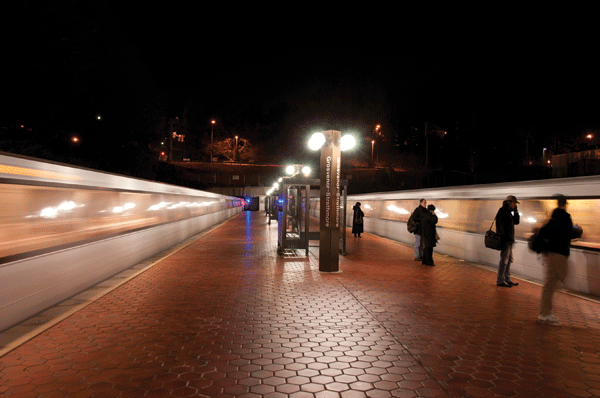 has been laying the foundation to rebuild Metro itself. From hiring a new General Manager to beginning the largest capital program since the inception of Metro, the Board has taken numerous actions to better equip the agency to succeed, including providing a stronger governance foundation.
has been laying the foundation to rebuild Metro itself. From hiring a new General Manager to beginning the largest capital program since the inception of Metro, the Board has taken numerous actions to better equip the agency to succeed, including providing a stronger governance foundation.
Under the leadership of the Board, Metro has made substantial progress on improving system safety, reforming the agency’s governance, and stabilizing its finances
The Board has made strategic investments in infrastructure, equipment and workforce training, and developed policies that have markedly improved safety, as recognized by the NTSB and FTA and documented in the Authority’s publicly-reported Vital Signs score card.
Governance reforms undertaken over the last two years have modernized Board leadership, strengthened the Authority’s governing structure, improved the Board’s partnership with the General Manager/Chief Executive Officer, enhanced internal management, and prioritized public dialogue. The Board also adopted governance reform measures that strengthened its Code of Ethics and provided its first-ever bylaws, which detail the Board’s focus on policy, financial direction, oversight and Metro’s relationship with its customers and jurisdictional partners.
Read more…
Metro also delivers quality-of-life benefits to individuals by reducing the costs of travel and minimizing environmental impacts. Without transit:
- Congestion at peak times would increase 25 percent, costing over $1.0 billion annually in wasted time.
- Households would spend an additional $500 million/year in auto expenditures, including an additional 41 million gallons of fuel annually.
- Air quality would worsen because of an additional 260 tons of volatile organic compounds, 22 tons of particulate matter and 500,000 tons of CO2 equivalent in the air, the equivalent of 9 billion party balloons.
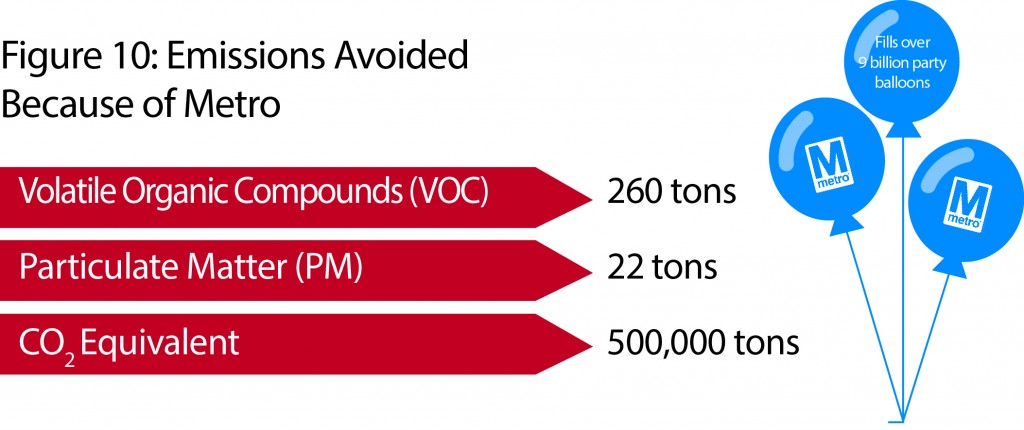
Read more…
The National Capital Region Transportation Planning Board (TPB), the region’s Metropolitan Planning Organization (MPO), adopts the region’s constrained long-range plan (CLRP) annually. Only projects included in this regional transportation plan are eligible for federal funding, and since 1991, federal law requires the CLRP to be constrained financially. This regional transportation plan includes only projects that are reasonably expected to be fully funded.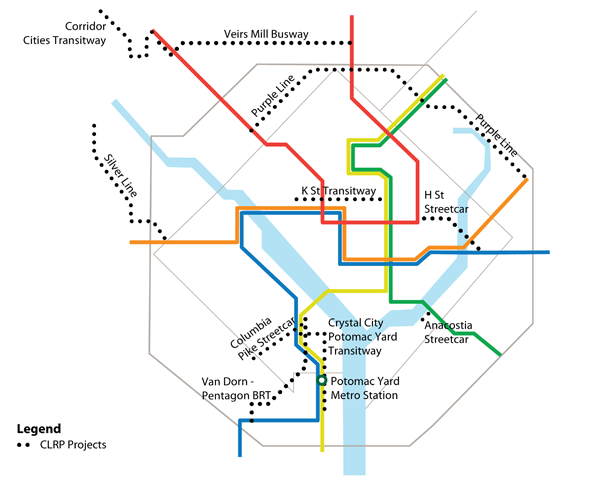
Read more…
Adding new Blue Line connections seeks to restore train frequencies to every six minutes during the peak period between Pentagon and Rosslyn stations, resulting in less waiting time and crowding for Blue Line riders in Northern Virginia. Once the Silver Line opens, the Blue Line service will operate every 12-14 minutes as opposed to the previous six minutes. The feasibility analysis is currently underway and has identified two potential alternatives to create new connections:
- Alternative 1: Add rail track that would create a new connection between the Blue and Orange/Silver Lines, or
- Alternative 2: A second Rosslyn Station for a new Blue Line with an underground passageway to the existing Rosslyn station, which would connect to the Orange/Silver Lines with a pedestrian tunnel.
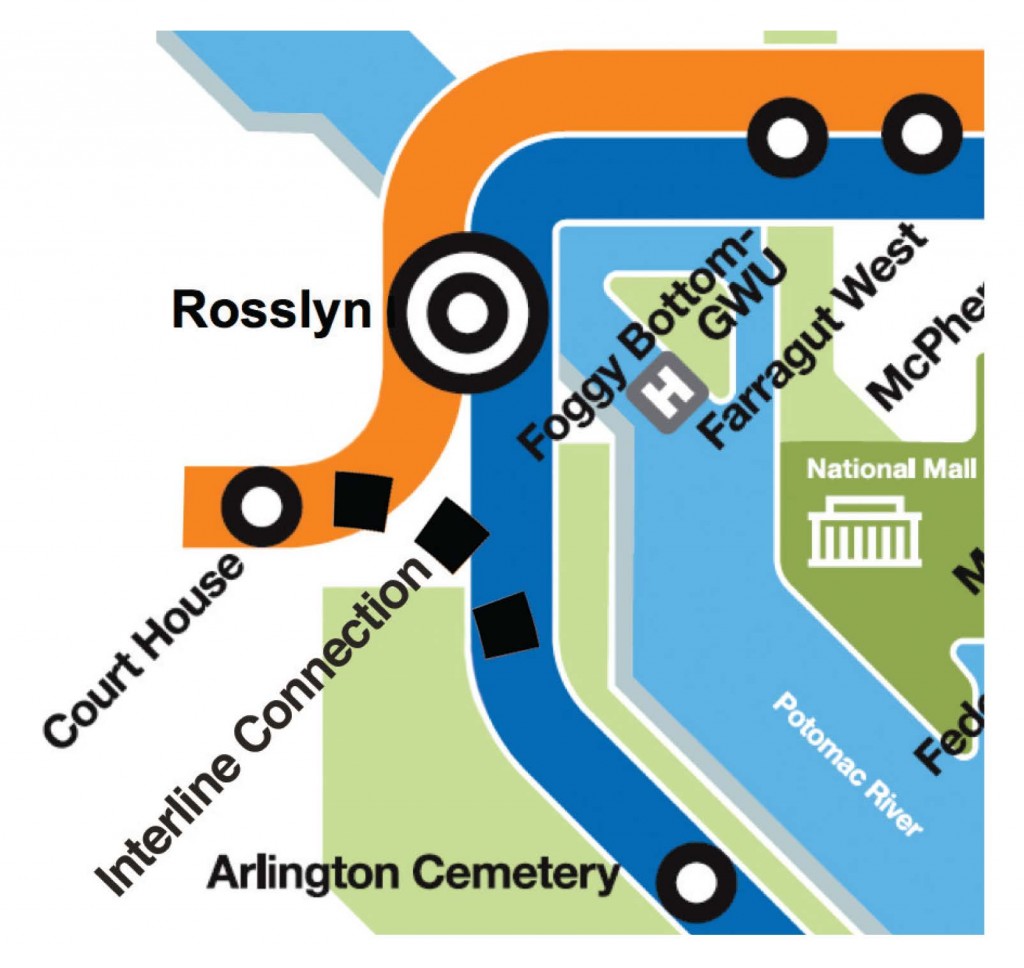
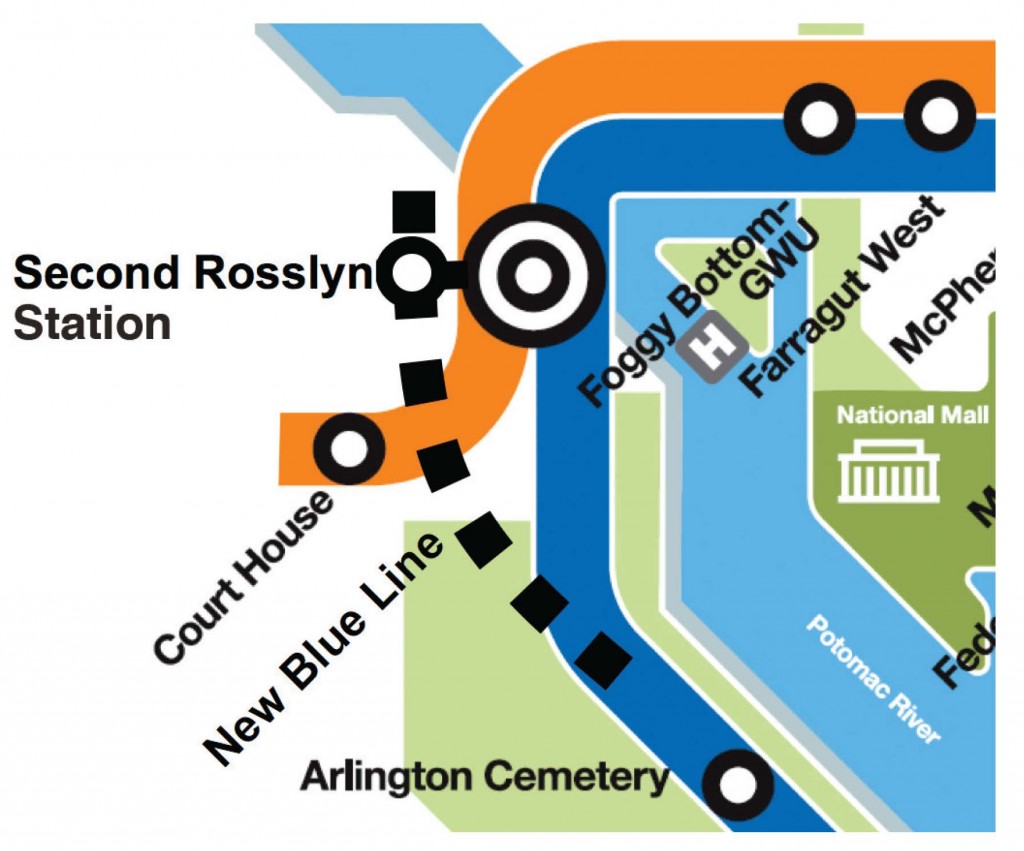
Read more…
 all of its resources—from investing in employees and smarter management of equipment to securing a sound financial roadmap for the future. But this alone will not give the region the transit network it needs for the future. Reliable and sustained funding will be absolutely necessary for Metro to make the critical investments that the region needs. Metro will work with partners at the local, state, and federal levels to ensure that proper funding mechanisms and practices are in place. Metro is a wise steward of its resources. Each year, Metro recycling efforts divert tons of garbage from landfills.
all of its resources—from investing in employees and smarter management of equipment to securing a sound financial roadmap for the future. But this alone will not give the region the transit network it needs for the future. Reliable and sustained funding will be absolutely necessary for Metro to make the critical investments that the region needs. Metro will work with partners at the local, state, and federal levels to ensure that proper funding mechanisms and practices are in place. Metro is a wise steward of its resources. Each year, Metro recycling efforts divert tons of garbage from landfills.











Recent Comments